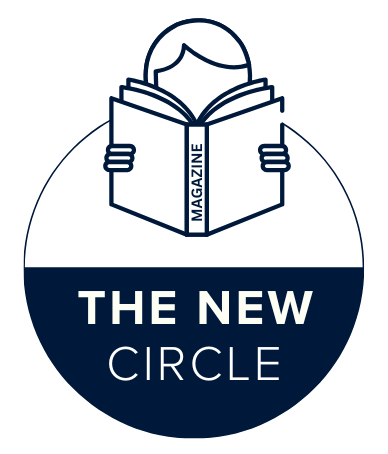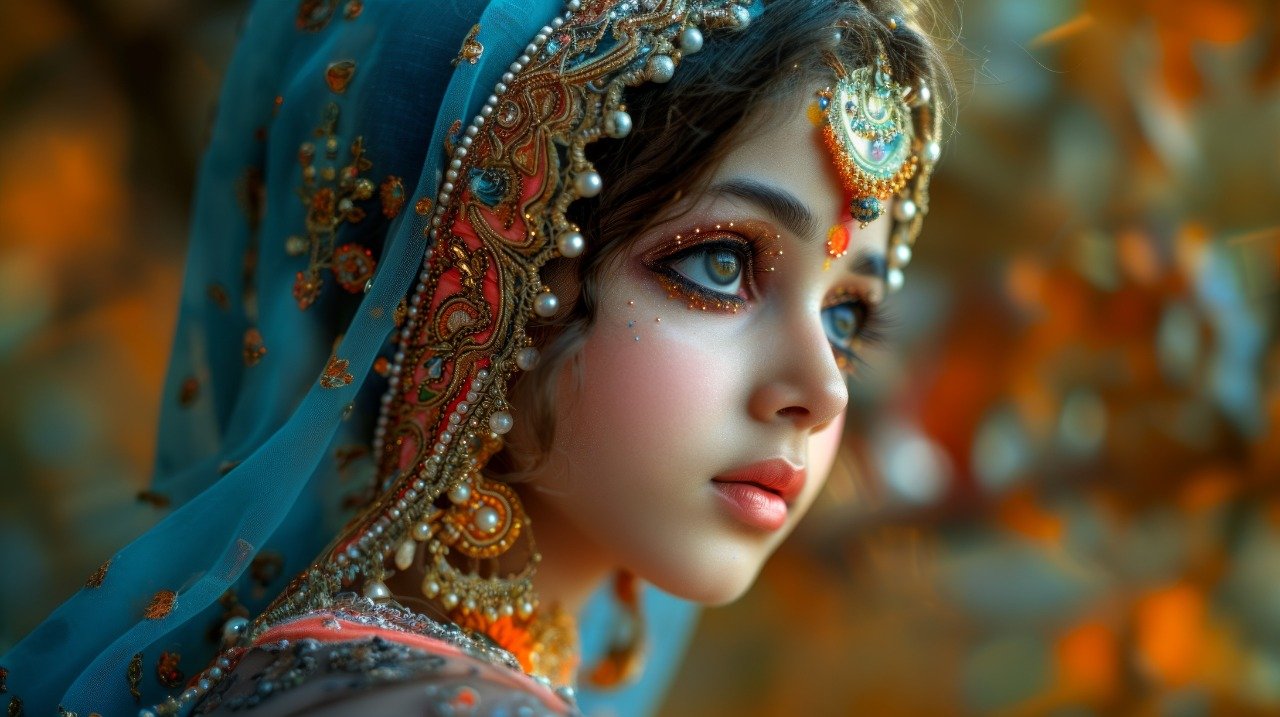Let’s be honest. Finding the bridal lehenga can feel like a monumental task. You’re not just picking a dress; you’re curating a legacy piece, a garment that will stare back at you from photographs for generations. And then there’s the question of the crown—the diadem. That final piece of sparkle that transforms you from a bride in a beautiful outfit to a queen on her throne.
It’s a lot of pressure, isn’t it? Especially when your heart is set on the exquisite craftsmanship and regal elegance of Pakistani bridal wear. The good news? You’re not navigating this alone. Having spent years observing the ebb and flow of bridal trends, I’ve seen how the right combination of lehenga and diadem can create pure magic. This isn’t about following a rulebook; it’s about understanding the players, the options, and the little secrets that make the process less daunting and more delightful.
So, take a breath. We’re about to dive deep into the world of luxurious fabrics, intricate zardosi, and the sparkling diadems that complete the picture. Whether you’re drawn to established houses or the treasure hunt of online marketplaces, your perfect look is out there.
The Foundation: Why Pakistani Bridal Lehengas Captivate the World
First, let’s talk about why this style has such a powerful grip on the bridal imagination. It’s not just fashion; it’s narrative. Pakistani bridal wear is renowned for its deep connection to heritage, often telling a story through its embroidery. Think of it as wearable art. The techniques—zardosi (metallic thread embroidery), dabka (coiled wire work), tilla (gold or silver embroidery)—are passed down through generations. The result? A piece that feels both timeless and incredibly luxurious.
The silhouettes, particularly the lehenga, are designed for drama. A voluminous skirt, a fitted blouse (choli), and a flowing dupatta (veil) create a silhouette that is both powerful and graceful. It’s a look that commands attention without you having to say a word. And frankly, that’s exactly the kind of presence you want on your wedding day.
Meet the Designers: The Masters of Craftsmanship
If you’re looking for a guaranteed showstopper, starting with a renowned designer is your best bet. These are the artists who treat each piece as a masterpiece.
Diadem: Where Modernity Meets Tradition
The brand itself is named after a crown, so you know they understand the assignment. Diadem has carved a niche for itself by blending traditional elegance with a distinctly modern sensibility. Their bridal lehengas often feature unexpected color palettes or contemporary cuts, but never at the expense of classic craftsmanship. The intricate embroidery and beadwork are their signature—dense, luxurious, and meticulously planned. If your vision is “traditional but not dated,” Diadem should be your first stop.
Akbar Aslam: The Standard-Bearer of Heritage
When you think of Pakistani bridal grandeur, Akbar Aslam is a name that inevitably comes to mind. This is heritage in its most glamorous form. The brand is synonymous with rich cultural motifs, opulent fabrics like silks and velvets, and craftsmanship so fine it feels like it belongs in a museum. Wearing an Akbar Aslam lehenga is a statement. It says you appreciate history, you value quality, and you’re not afraid to embrace full-blown glamour. It’s a heavy, in the best way possible, investment in tradition.
Nameera by Farooq: For the Romantic Bride
Nameera by Farooq offers a slightly different vibe. Their strength lies in creating a magnificent, yet often more romantic and fluid, look. Think lehenga gowns that blend the structure of a lehenga with the flow of a gown. Their use of zardosi, dabka, and tilla is masterful, but it’s often applied in a way that feels softer, more ethereal. This is an excellent choice for a bride who wants the grandeur of heavy embroidery but with a movement that feels effortless and dreamy.
Navigating the Digital Bazaar: A Guide to Online Retailers
Not everyone can make a trip to a flagship boutique, and that’s where the digital world becomes your best friend. But shopping online for something as significant as a bridal lehenga requires a savvy approach.
Laam: The Curated Convenience
Laam acts like a high-end department store for Pakistani designers. The beauty of a platform like this is the sheer variety. You can browse collections from multiple designers side-by-side, comparing styles, prices, and details in one place. It saves you the legwork and helps you pinpoint exactly what you’re drawn to before you even commit to a specific designer. It’s efficient, but always check their return policies and authenticity guarantees.
Etsy: The Hunt for the Unique
Ah, Etsy. This is where you go when you want something truly one-of-a-kind. The platform is a goldmine for independent artisans and smaller boutiques, particularly in South Asia, offering handcrafted lehengas with custom stitching and heavy embroidery. The potential for a custom-made piece is huge here. The caveat? You need a sharp eye. Scrutinize reviews, ask for real-life photos from the seller, and communicate your expectations clearly. The reward for due diligence can be a lehenga that no one else in the world will have.
Pakistani Moda: Specialist Focus
Retailers like Pakistani Moda specialize specifically in designer bridal wear. This focused approach often means they have a keen eye for curating pieces that are on-trend and of verified quality. For example, their offering of a “maroon raw silk lehenga with heavy embroidery” speaks directly to a classic yet enduringly popular aesthetic. You’re dealing with experts who live and breathe bridal fashion, which can be incredibly reassuring.
The Final Touch: Choosing Your Bridal Diadem
Now, for the pièce de résistance: the diadem. This isn’t just another accessory; it’s the exclamation point of your entire look. The goal is harmony, not competition.
- Match the Metal Tone: This is rule number one. If your lehenga’s embroidery is in gold tones, your diadem should be gold. If it’s silver or white gold, opt for a silver-based tiara. Mixing metals can look unintentional and messy.
- Balance the Embellishment: A lehenga with incredibly dense, heavy embroidery calls for a diadem that is equally substantial and ornate. A lighter, more delicate lehenga can be paired with a simpler, more elegant tiara. You don’t want one to overpower the other.
- Consider the Neckline: The design of your choli’s neckline matters. A high neckline might be complemented by a taller, more structured diadem, while a sweetheart or V-neck might pair better with a lower-profile, cascading design.
Where to Find Them: While some designers like Siyaras Fashion House may offer or source coordinating accessories, it’s often best to go to specialists. Search for jewelers who specialize in South Asian bridal jewelry. Don’t be afraid to search for “bridal maang tikka” or “jeweled headpiece” along with “diadem” to widen your net. Many Etsy artisans also create stunning, custom diadems that can be made to match the exact colors and motifs of your lehenga.
Diadem & Bridal Lehenga: Online vs. Designer Pros & Cons
| Feature | Buying from a Designer (e.g., Diadem, Akbar Aslam) | Buying Online (e.g., Laam, Etsy) |
|---|---|---|
| Quality & Craftsmanship | Guaranteed high. Direct from the source with premium materials. | Variable. Can be excellent (Etsy artisans) or mass-produced. Requires vetting. |
| Customization | High. Often made-to-measure with input on fabrics and details. | Possible, especially on Etsy. But communication is key and can be slower. |
| Price Point | Investment-level. You are paying for the brand, heritage, and quality. | More accessible range. Can find deals, but high-quality handmade will still be costly. |
| Convenience & Access | Lower. May require appointments or travel to specific locations. | High. Browse and order from anywhere, anytime. |
| Uniqueness | High, but within the designer’s signature style. | Potentially very high. Etsy is great for one-of-a-kind pieces. |
| Risk & Assurance | Low risk. You know exactly what you’re getting. | Higher risk. Relies on photos and reviews. Return policies are crucial. |
Frequently Asked Questions
Q1: How far in advance should I order my bridal lehenga?
Honestly, the sooner, the better. For a designer piece, expect a lead time of 4 to 9 months, especially if customizations are involved. For online orders, factor in 2-3 months for production and shipping, plus time for potential alterations.
Q2: Can I wear a diadem if I’m also wearing a heavy necklace (haar)?
Absolutely, but it’s a balancing act. The diadem and necklace should feel like part of a set. If both are heavily jeweled, they might compete. Often, brides choose a statement diadem and a slightly simpler necklace, or vice-versa, to create a focal point.
Q3: What are some trending colors for Pakistani bridal lehengas beyond traditional red?
Deep jewel tones are having a major moment. Think emerald green, sapphire blue, royal purple, and even shades of magenta and fuchsia. Terracotta and burnt orange are also beautiful, unexpected choices that feel both modern and earthy.
Q4: Is it safe to spend so much money on an online lehenga?
It can be, but you must be diligent. Only use platforms with buyer protection. Always ask for a video of the actual piece, not just stock photos. Check for a clear return policy and read every review you can find. If a deal seems too good to be true, it probably is.
Q5: How do I care for and store my lehenga after the wedding?
This is crucial! Have it professionally dry-cleaned by someone experienced with heavy South Asian garments. Then, store it in a breathable, acid-free garment box, away from light and moisture. Never hang it long-term, as the weight can stress the seams.
The Final Word: Your Story, Your Style
At the end of all this research and planning, remember what this is really about: you. The perfect diadem and bridal lehenga combination isn’t the one that ticks the most trend boxes; it’s the one that makes you feel like the most powerful, beautiful, and authentic version of yourself.
The landscape of Pakistani bridal wear is rich and exciting, offering paths for every bride, from the heritage-focused to the boldly individual. So, use this guide as a starting point, trust your instincts, and don’t be afraid to mix a little tradition with your own personal magic. After all, it’s your crown, your day, your story. How will you tell it?
YOU MAY ALSO LIKE: Effortless Volume: How a kinky curly half wig Gives Busy Readers Instant Texture and Confidence

